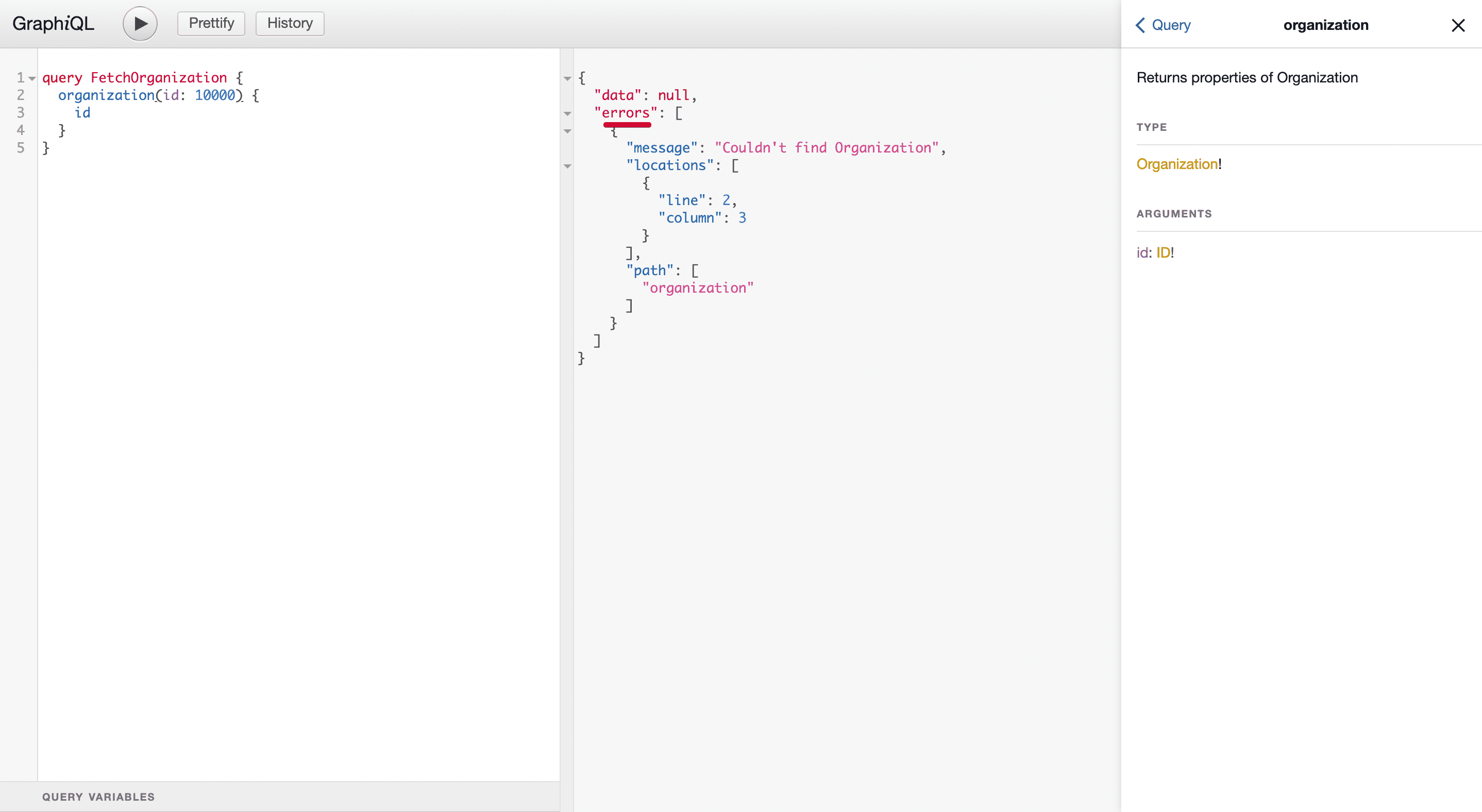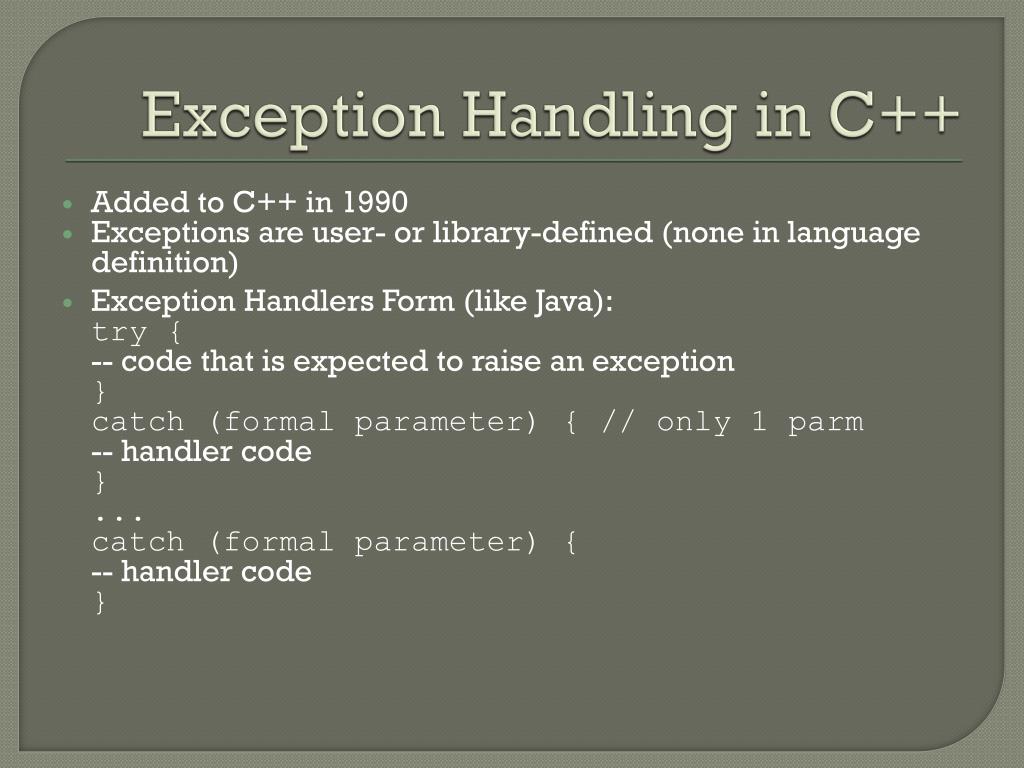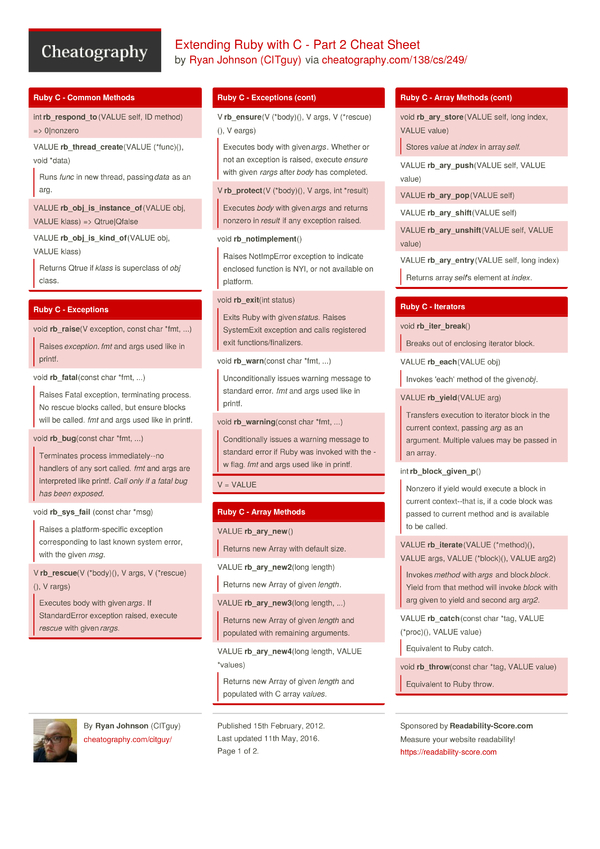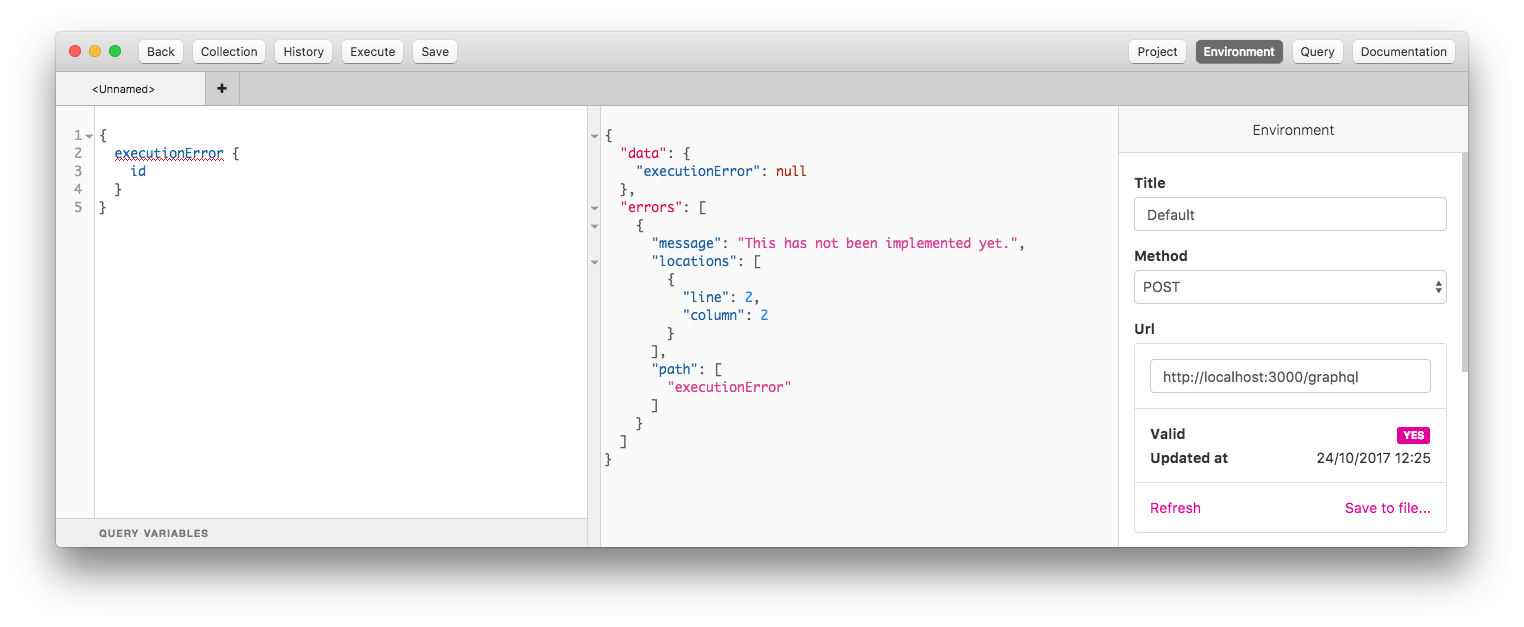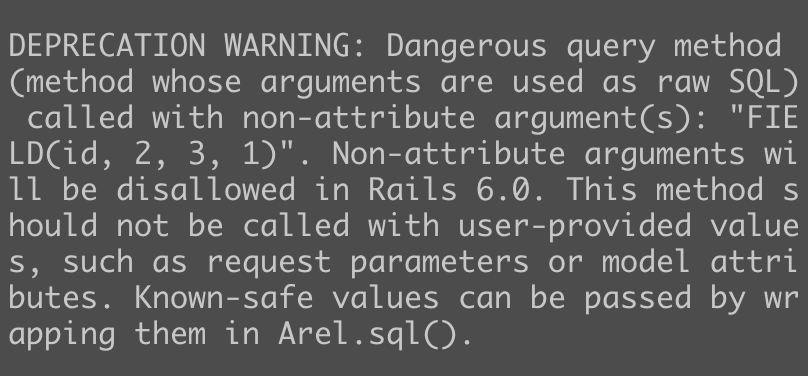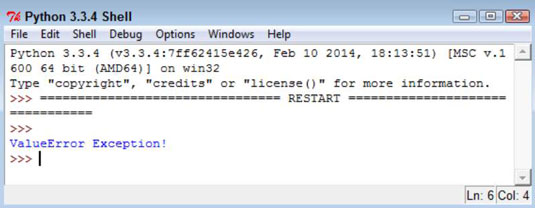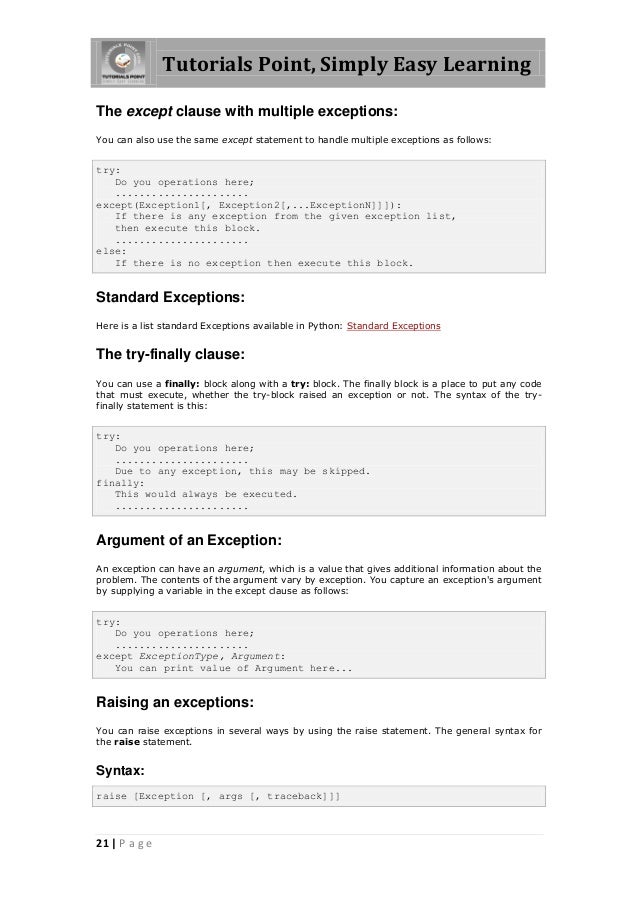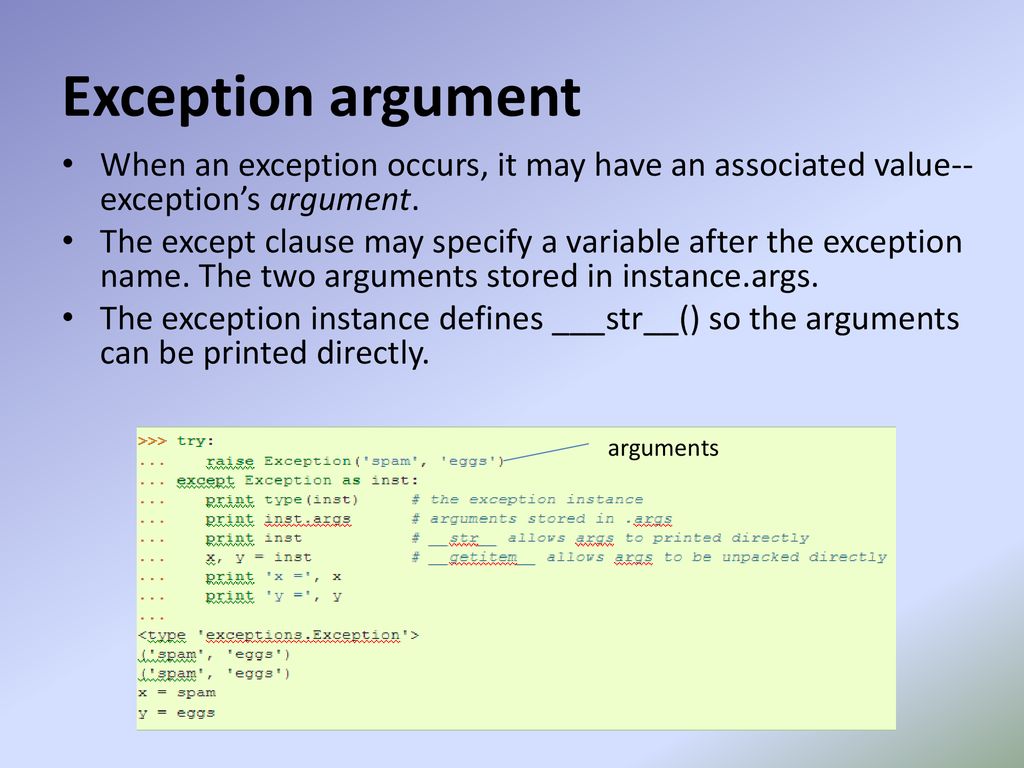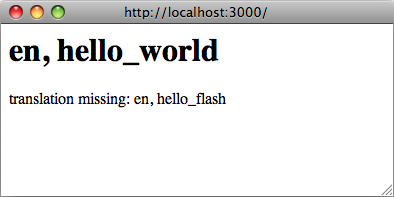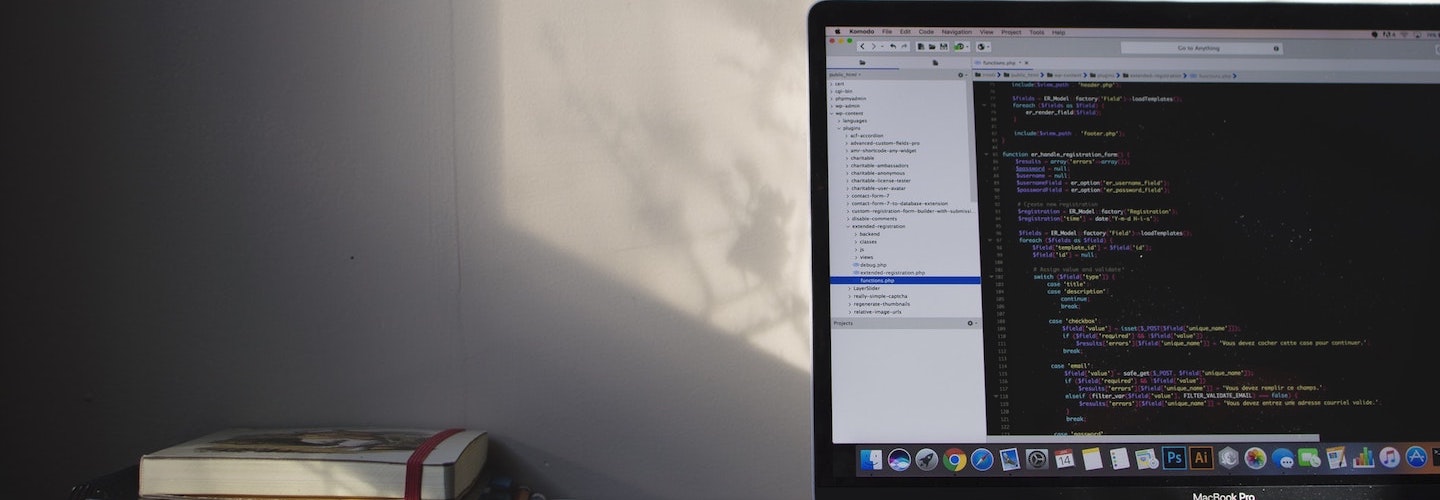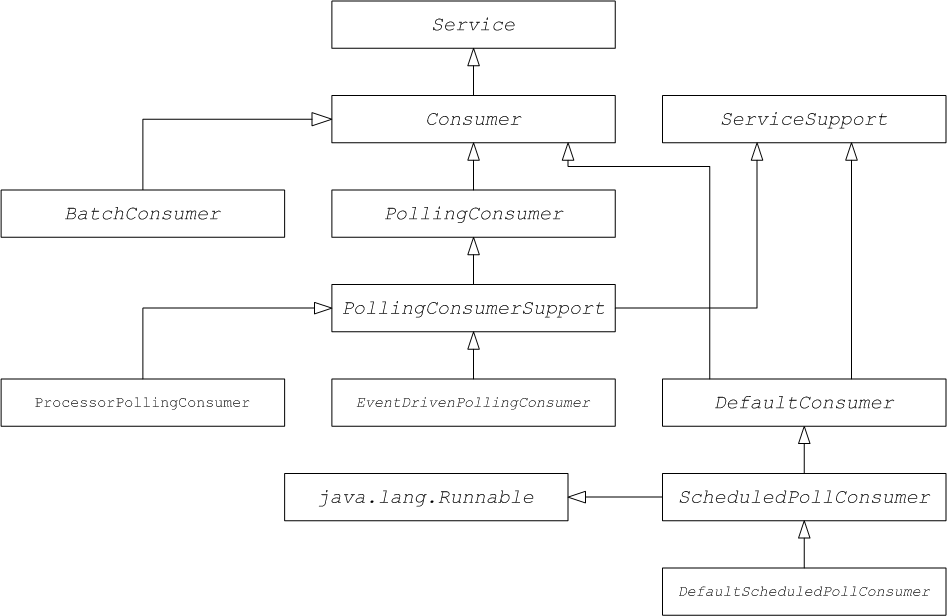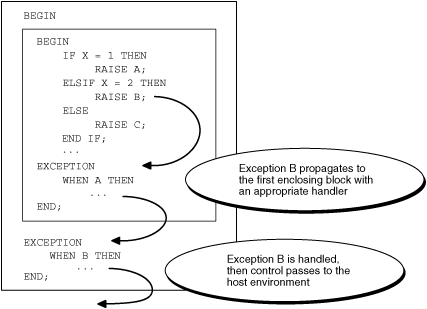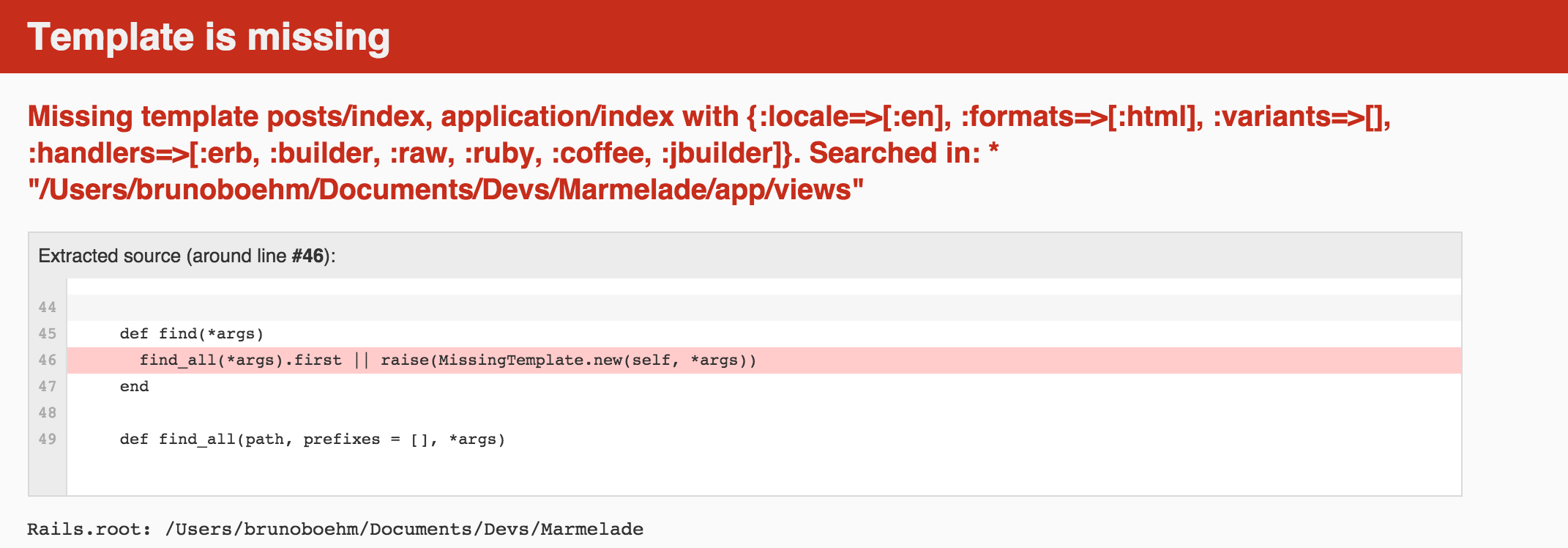Ruby Raise Exception With Arguments

For each rescue clause in the begin block ruby compares the raised exception against each of the parameters in turn.
Ruby raise exception with arguments. In ruby like in most languages an exception is a way to convey that something went wrong. Passing the wrong number of arguments 1 2 3. First 4 5 raises the exception. In this article we will look at.
The code in an else clause is executed if the code in the body of the begin statement runs to completion without. For each rescue clause in the begin block ruby compares the raised exception against each of the parameters in turn. Wrong number of arguments given 2 expected 1 ex. First 4 raises the exception.
The match will succeed if the exception named in the rescue clause is the same as the type of the currently thrown exception or is a superclass of that exception. The match will succeed if the exception named in the rescue clause is the same as the type of the currently thrown exception or is a superclass of that exception. Passing an argument that is not acceptable. In a nutshell every custom ruby exception should extend standarderror rather than the exception class the reason for this is outlined in exception handling in ruby with this in mind the simplest custom exception class that we can define will look something like this.





